Affiliate links on Android Authority may earn us a commission. Learn more.
HUAWEI in 2019: Full steam ahead
Published onJanuary 18, 2019
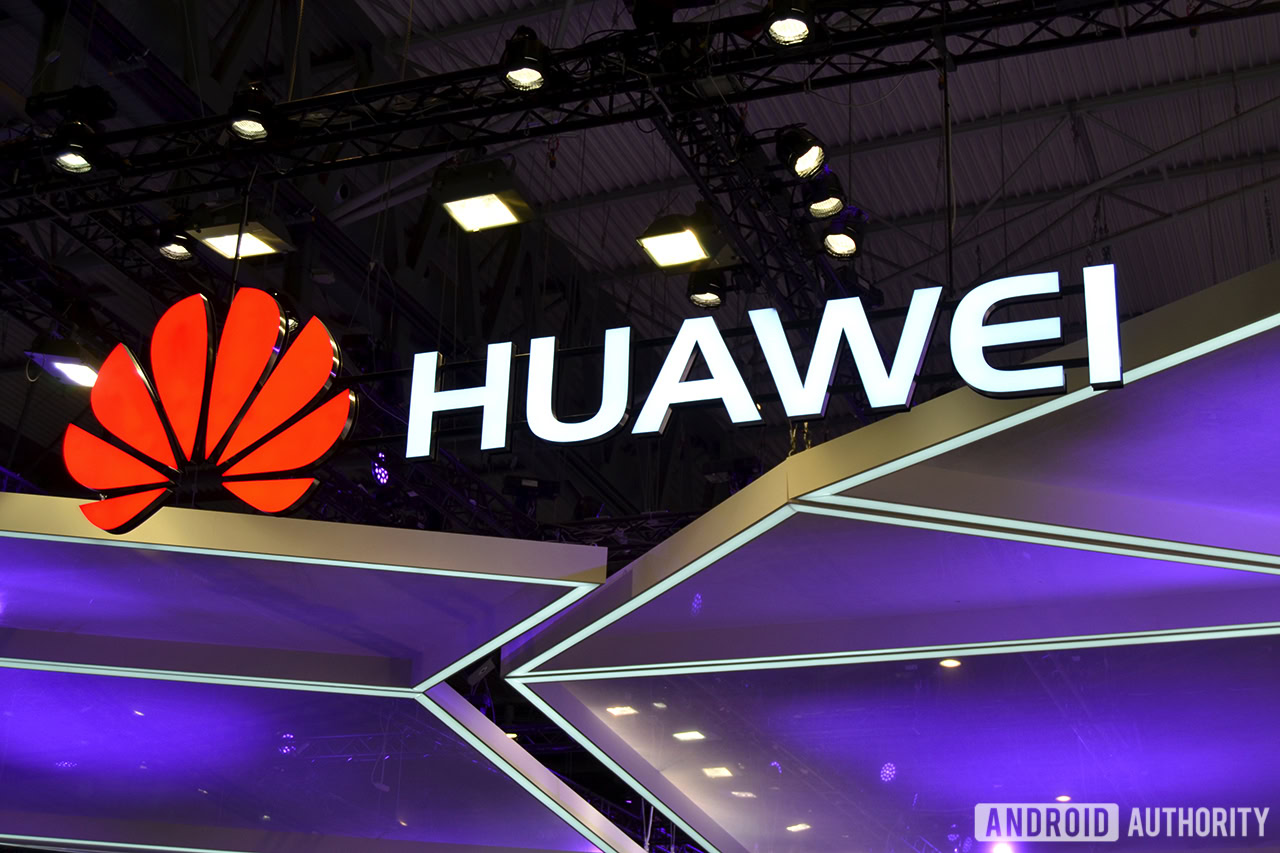
HUAWEI has big plans for 2019. The company wants to significantly increase sales and overtake Samsung to become the largest smartphone maker in the world. Before we dive deep into whether that could happen, and other projections for the year to come, let’s take a step back and talk about HUAWEI’s most memorable moments of 2018 — the good, the bad, and the ugly.
The good
HUAWEI really stepped up its game in 2018 and announced a lot of great products. In March, it took the wraps off the P20 Pro — the first phone with a triple-camera setup. The high-end device takes fantastic photos even in low light, has great battery life, and looks gorgeous (especially in the unique Twilight color). In his review, our very own Kris Carlon said it was a better buy than the Samsung Galaxy S9.
The second HUAWEI flagship of the year was the Mate 20 Pro, and it was even more impressive. It offers more in the camera department, packs extra power under the hood, and sports a more modern design. It didn’t win our best Android phone of the year award — that was the Galaxy Note 9 — but it came in second. It was also the first phone (alongside the Mate 20 and Mate 20 X) to pack the Kirin 980 under the hood, the flagship chipset HUAWEI announced in August. It sports two neural processing units (NPU), which power the phone’s AI-focused features like scene recognition, among others. It was also the world’s first 7nm mobile SoC and is said to be 37 percent more powerful and 32 percent more power-efficient than the Snapdragon 845 — learn more here.
In addition to the two flagships, HUAWEI introduced a number of great phones at different price points — some of them under the HONOR brand. These include the HUAWEI Nova 4 with a hole punch display, the HONOR Magic 2 with a slider design, and the gaming-focused HONOR Play.
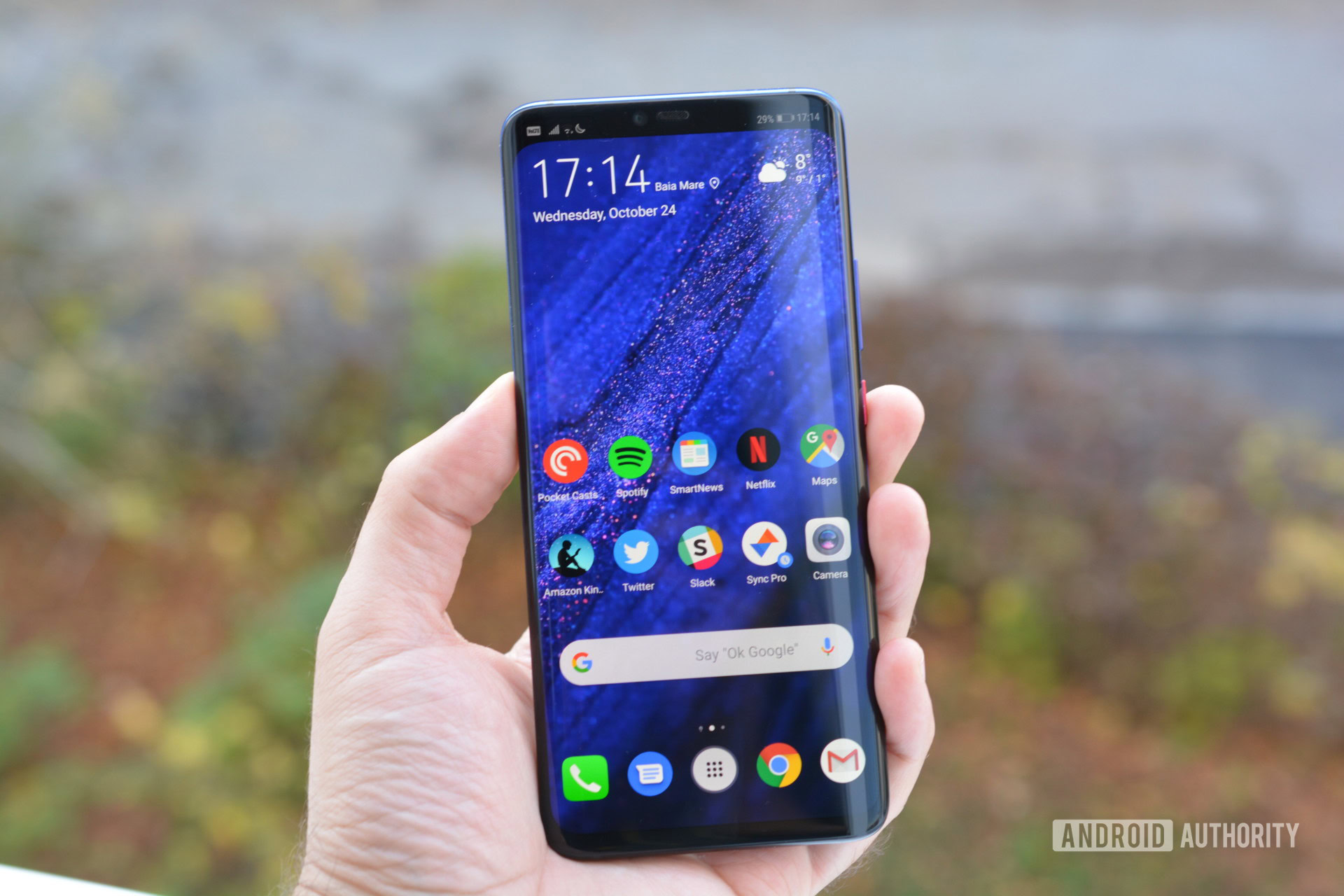
HUAWEI also took a step forward in the software department. The latest EMUI 9.0 is much more simplified than previous versions of the Android skin and has many new features on board. These include Password Vault, which encrypts passwords and allows you to auto-fill them in certain fields with a face or fingerprint scan, and GPU Turbo 2.0 that’s said to increase processing efficiency and reduce power consumption when playing games, just to name a few. However, EMUI is still too heavy for my taste and leaves a lot to be desired (more on that later).
Huawei’s efforts in the hardware and software departments really paid off in 2018. In Q1, the company shipped 39.3 million smartphones according to IDC, up from 34.5 million the year before (an increase of 13.8 percent). HUAWEI was the third largest smartphone maker in the world at the time, behind Apple in second place and Samsung in first.
In Q2, HUAWEI became the second largest smartphone manufacturer in the world.
Things improved in Q2, with HUAWEI’s sales numbers jumping to 54.2 million units — a 40 percent year-on-year increase. The company overtook Apple to become the second largest manufacturer in the world and narrowed the sales gap with Samsung. The Chinese giant managed to stay in second place in Q3 as well, with sales reaching 52 million units, according to Counterpoint. That’s less than in the previous quarter but 33 percent more than the year before.
Data for Q4 hasn’t been released yet, but HUAWEI said it sold around 200 million phones this year — a company record. The sales numbers for the three quarters mentioned above come in at 145.5 million units, which means the company sold 54.5 million phones in Q4. That’s 13.5 million (~33 percent) more than the year before, which is impressive.
The bad
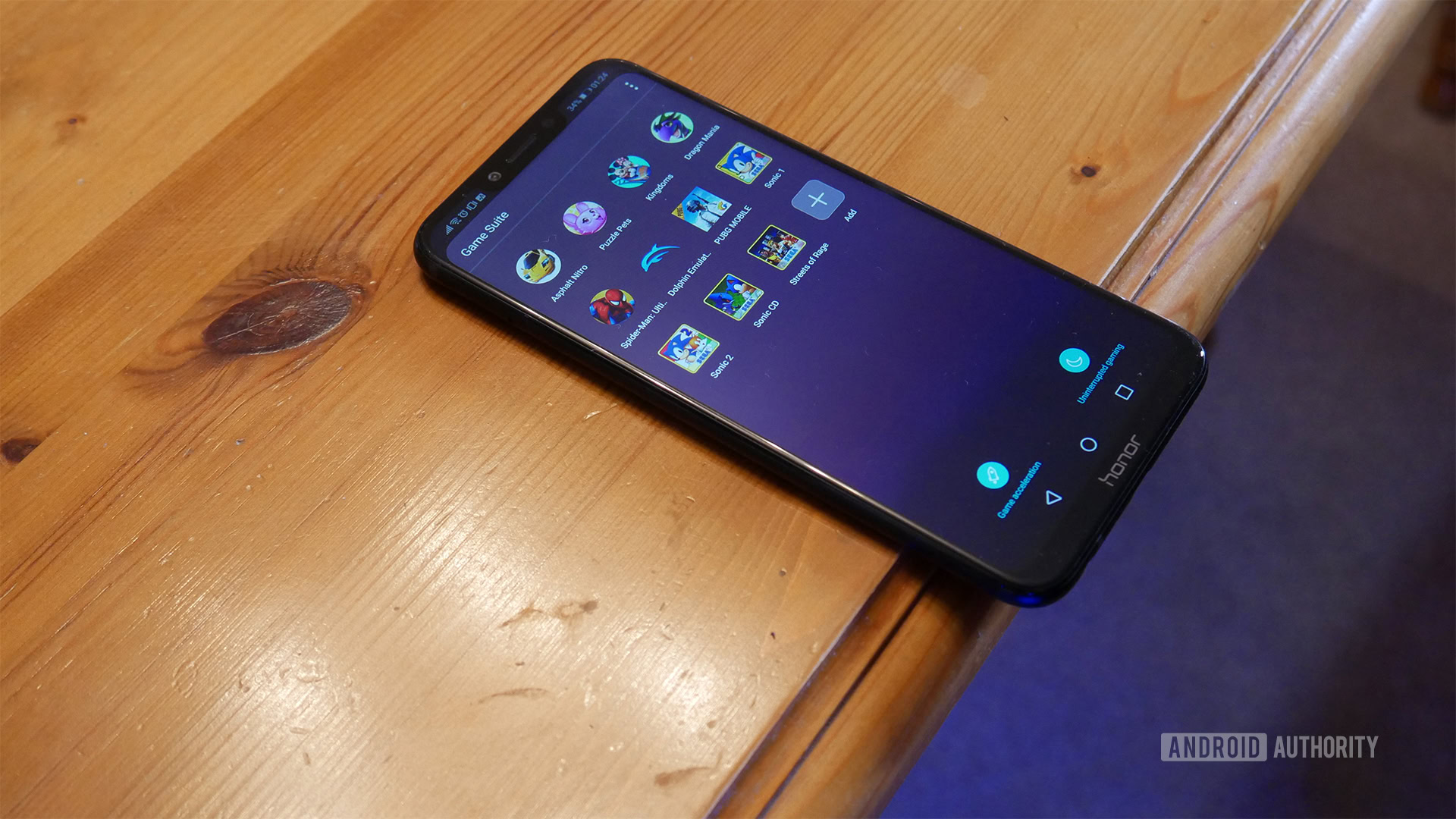
It wasn’t all smooth sailing for HUAWEI in 2018 — far from it. The company received a lot of bad press for allegedly cheating on benchmark scores. AnandTech posted an article back in September, claiming HUAWEI has software on its phones that detects when benchmarking applications are running and then pushes all processing power to the max. It does this by ignoring things like thermal design power (TPD) recommendations, which results in a very high benchmark score that wouldn’t work long term in real-world situations.
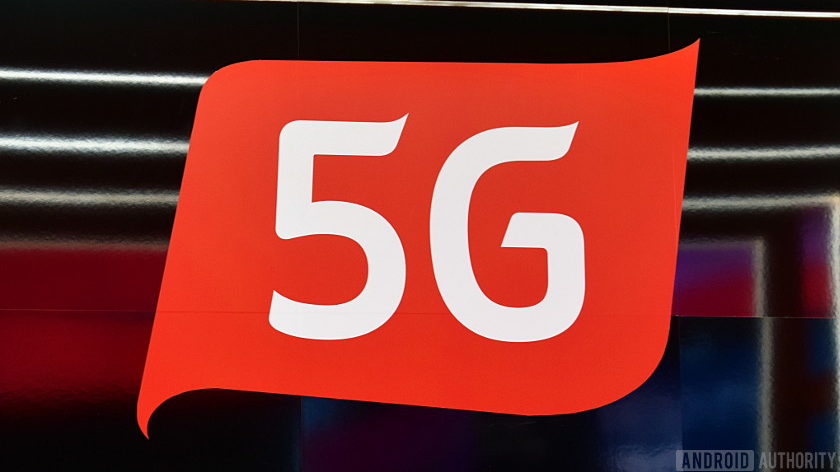
After reading the article and conducting its own investigation, 3DMark delisted a number of HUAWEI devices from its smartphone benchmarking hub. These devices include the HUAWEI P20, P20 Pro, Nova 3, and HONOR Play.
HUAWEI also had some legal trouble in 2018. A U.S. company called PanOptis claimed multiple HUAWEI smartphones (including the Nexus 6P, which HUAWEI made in a partnership with Google) used its patents without paying licensing fees for. The patents relate to LTE technology, specifically systems that work to decode picture and audio data. The jury found HUAWEI guilty and ordered it to pay PanOptis $10.5 million.
Lawsuits like these and cheating on benchmark scores can damage a company’s reputation, which is the last thing HUAWEI needs right now. Then again, legal battles regarding patents are common in the industry, and unfortunately, so is cheating on benchmark tests. A lot of other companies have been accused of it in the past, including OnePlus, OPPO, and Samsung.
Still, HUAWEI should try to keep its nose clean and avoid doing negatively impacting public opinion, especially if it wants to overtake Samsung in smartphones sales going into 2019.
Like Warren Buffett once said, “It takes 20 years to build a reputation and five minutes to ruin it. If you think about that, you’ll do things differently.” Listen to the man, HUAWEI!
The ugly

Huawei’s major problem began in early 2018 when rumors started going around that the company will expand its presence in the U.S with a deal struck with AT&T. However, things quickly went south — AT&T decided to back out of the deal at the last minute, reportedly due to “political pressure.” Apparently, there were concerns HUAWEI’s alleged ties to the Chinese government could make the company a security threat. Verizon reportedly decided not to get in bed with the manufacturer for the same reasons.
This was a big blow for HUAWEI. Although the company sells a few of its phones in the U.S., it does so via its own website and various retailers. However, to establish itself as a major player in the U.S, it needs as many carrier deals as possible — more than 90 percent of smartphones are sold through carriers in the U.S.
The FBI, CIA, and NSA advised consumers not to use HUAWEI products.
Things got even worse over the course of the year for HUAWEI in the U.S. Its reputation took a massive beating in February when six U.S. intelligence chiefs — including those from the FBI, CIA, and NSA — said they advise consumers against using HUAWEI products. Apparently, using them could allow the company or the Chinese government to conduct undetected espionage, among other things.
Due to these concerns, news broke in May that HUAWEI devices can no longer be sold on U.S. military bases. The order came directly from the Pentagon and also included devices made by ZTE. Prior to that, Best Buy stopped selling HUAWEI products, although the retailer did not explain why.
HUAWEI also ran into problems in Australia. Due to national security concerns, the Australian government banned HUAWEI (as well as ZTE) from supplying 5G network infrastructure to local carriers. Japan is expected to follow suit soon. More nations may join the list, as the U.S. apparently warned other countries not to use equipment from the Chinese manufacturer, according to the Wall Street Journal. The officials from the U.S. have reportedly been in contact with those from Germany, Italy, Japan, and other allies about the issue. The government is reportedly also willing to provide money for the development of telecommunications infrastructure in countries that shun HUAWEI.
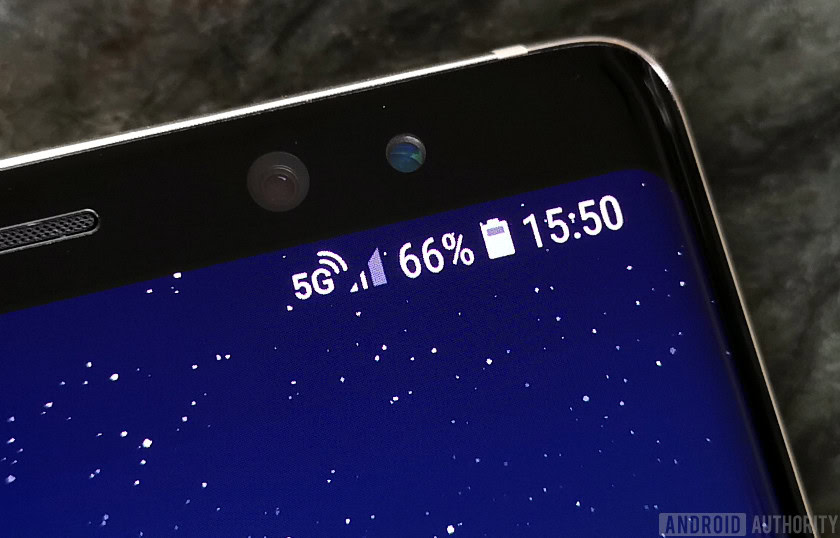
The most recent problem related to the company is the arrest of Wanzhou Meng, HUAWEI’s CFO and the daughter of HUAWEI’s founder. Ms. Meng was arrested in Canada in December, reportedly at the request of the U.S. government. The reason is considered to be violations of U.S. sanctions on Iran. HUAWEI has reportedly been under investigation by the U.S. government since April for shipping products with parts owned by U.S. companies to countries under a U.S. trade embargo, including Iran.
Ms. Meng has been freed on bail (~$7.5 million) and forced to surrender all passports and travel documents. She must also wear an electronic ankle bracelet and stay at home between 11 p.m. and 6 a.m. The story is still evolving and no matter the outcome, it won’t do HUAWEI’s reputation any good.
HUAWEI in 2019: What to expect?
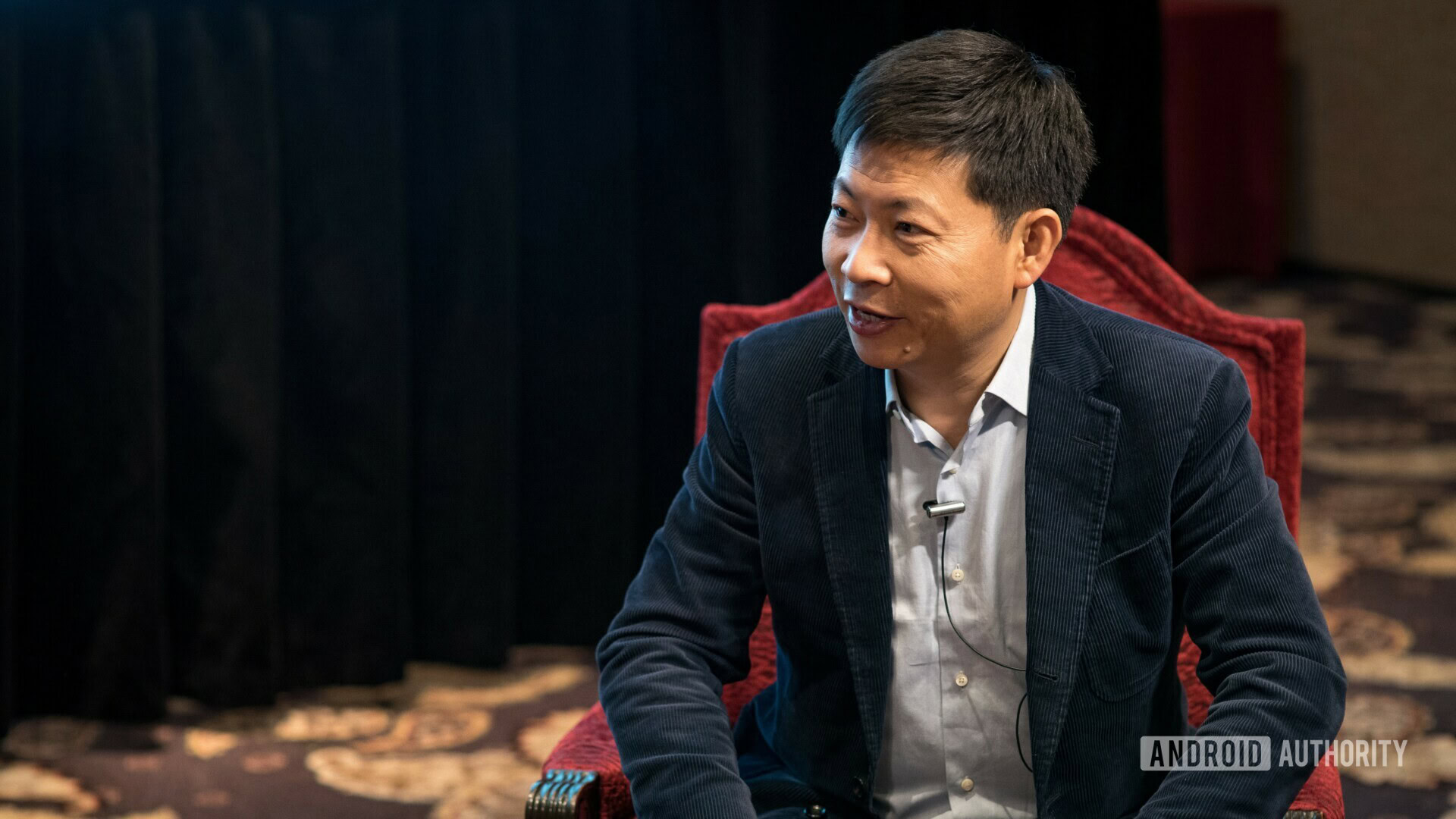
We expect to see a lot of great devices from HUAWEI in 2019. One of the first may be the HONOR View 20, which was already announced in China but will make its global debut in Paris on January 22. The successor to the popular View 10 will offer high-end specs, a display hole camera we’ll see on many phones next year, and a 48MP main camera — learn more here.
The next big announcement from HUAWEI will be the P30 series, with the Pro model garnering the most attention. We don’t know much about the device at the moment, but we assume the rear camera setup will be its biggest highlight. According to rumors, it could sport four cameras at the back and will likely be announced in February or March.
HUAWEI may announce a 5G foldable phone at MWC 2019.
We might also see a 5G foldable phone from the company around the same time. The company has reportedly completed the development of the device and could unveil it at MWC in Barcelona. Aside from its foldable nature, we don’t know anything about it. We hope it will be better than the Royole FlexPai — the world’s first foldable phone — which doesn’t seem all that useful if you ask me.
These are the devices we expect to see in Q1, but HUAWEI will introduce plenty of others over the course of the year. The Mate 20 Pro’s successor is one of them, but it’s way too soon to talk about it as we’re still quite some time away from its announcement. In addition to the P30 Pro, it will likely be the most important phone HUAWEI launches next year and is expected to come with Kirin’s 2019 flagship chipset under the hood.
The biggest question is if these devices will sell enough for HUAWEI to overtake Samsung and become the biggest smartphone maker in the world. As I already mentioned, that’s HUAWEI’s main goal in 2019.
Anything is possible, but I don’t think it will happen. I definitely see HUAWEI becoming number one at some point, but not this year. The sales gap between the two companies is too big for HUAWEI to eliminate in just 12 months.
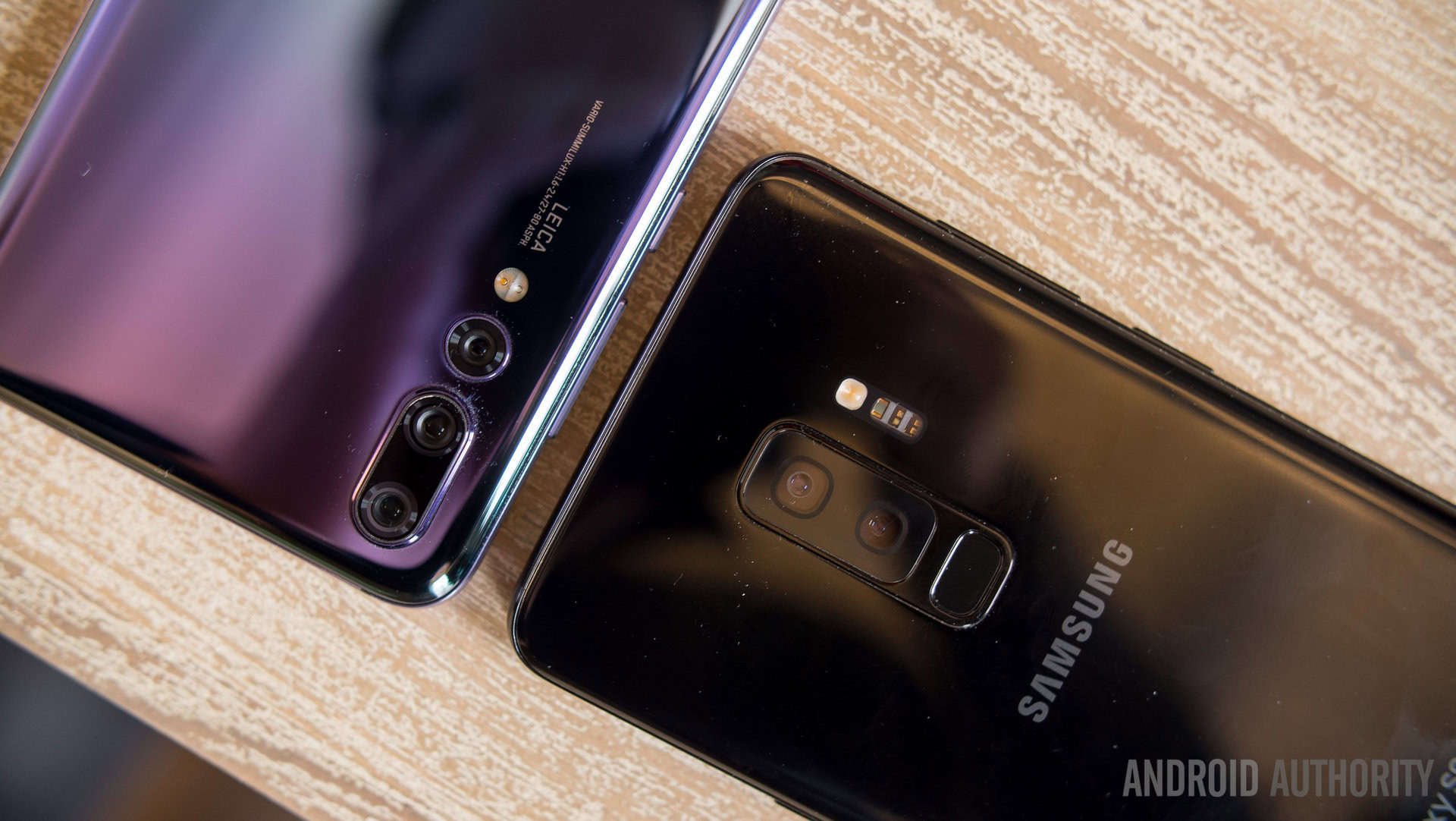
Let’s crunch some numbers: In first the three fiscal quarters of 2018 combined, HUAWEI sold 145.5 million phones for a market share of 13.6 percent. Samsung shipped 222 million units and grabbed 20.8 percent of the market. Based on this data, HUAWEI would have to increase sales by roughly 77 million units next year to overtake its biggest rival, a 53 percent increase. That’s a lot. Samsung’s sales would also need to stay the same in 2019. If sales go up — and they might, given how much we’re expecting the Galaxy S10 series as well as Samsung’s upcoming foldable phone — HUAWEI would have to sell even more.
I don’t think HUAWEI can pull this off in 2019, especially without making it big in the U.S. Once the company establishes itself as a major player in the country, Samsung might be in more danger of losing its lead, but that’s not going to happen anytime soon. The company is unlikely to ink a deal with a large U.S. carrier in 2019. Its reputation took a massive beating this year and it will take a while for HUAWEI to change how people see it in the U.S.
However, I also don’t think HUAWEI has given up on the U.S. altogether. The market is too big and important for HUAWEI to throw in the towel so quickly, so I expect it to keep trying to get in bed with a carrier. It will take a while, but it can be done. Persistence is key.
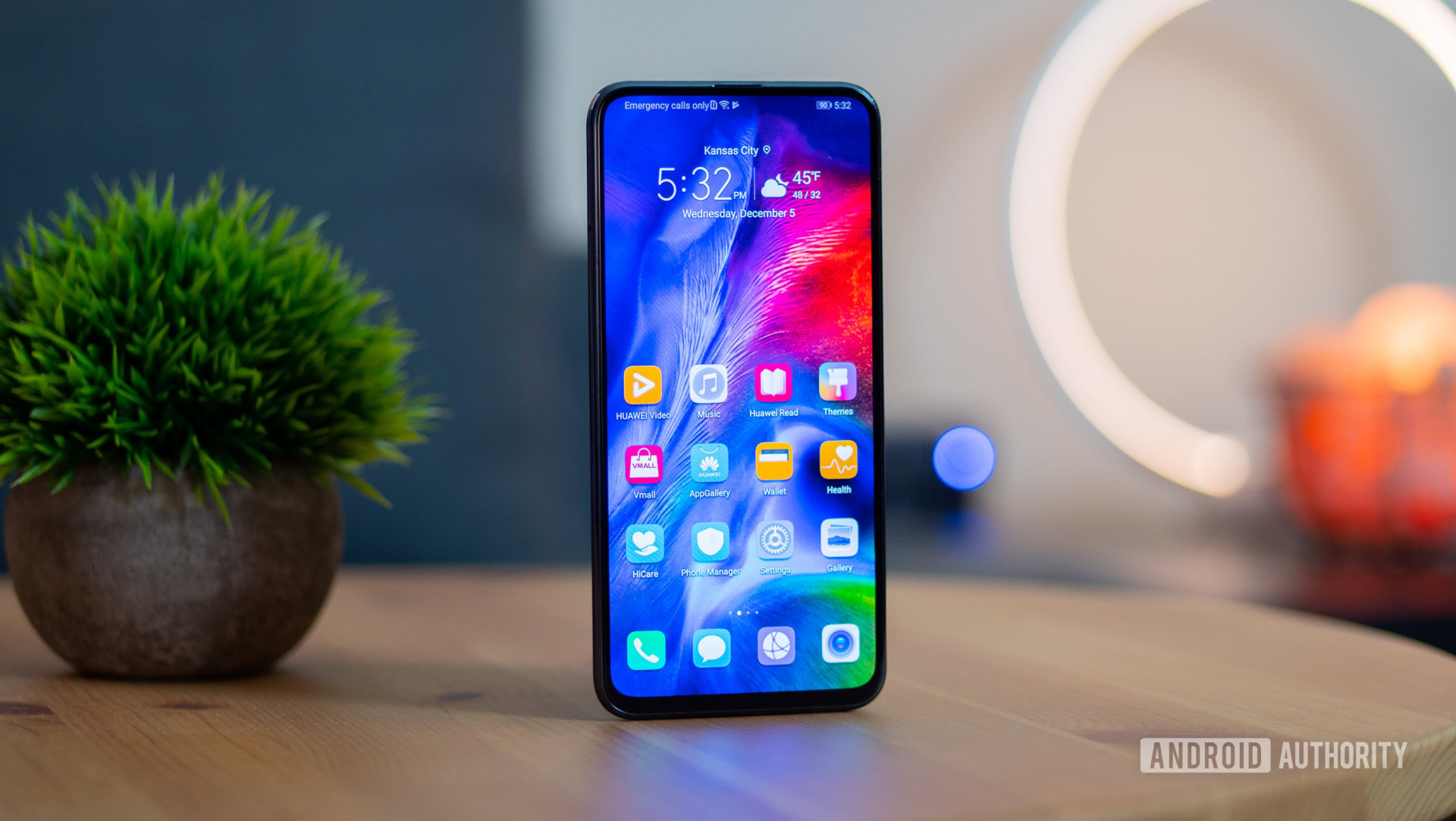
It’s possible the Chinese manufacturer will focus on increasing the presence of its HONOR phones in the U.S. Although you can’t get them through carriers, they are available via HONOR’s website as well as retailers like Amazon and B&H. They are popular too, mainly because they offer great value.
An interesting idea would be for HONOR to split from HUAWEI and do business independently to distance itself from all the HUAWEI-related drama. This could help consumers (and maybe even governments) see the brand differently, which could give it an advantage when negotiating with carriers.
We heard rumors about a HONOR-HUAWEI split a few months ago, but at least for now it looks like they’re false. The head of HONOR Zhao Ming killed them back in September, saying HONOR will remain HUAWEI’s sub-brand. These things are never set in stone, so they could change in the future.
Don’t miss: The best HONOR phones in 2018 – budget, mid-range and flagship models
Although I don’t see HUAWEI overtaking Samsung in 2019, I think its sales will keep growing. The company will likely double down its marketing efforts in regions like Europe, where HUAWEI’s killed it the last few years. There’s still room to grow, and HUAWEI knows it.
HUAWEI will also focus its efforts on becoming one of the major players in the 5G space. It invested $800 million in R&D for 5G in 2018, but there’s a problem. The list of countries and carriers banning HUAWEI’s 5G network infrastructure is getting longer by the day. That’s why HUAWEI will likely try to find new partners in regions like Europe and Asia where it has better relations with carriers. It will also probably do everything in its power to convince the countries banning its equipment to change their minds.
That’s easier said than done, but HUAWEI has a plan. It will spend $2 billion over the next five years on updating its security infrastructure, hoping to change opinions about the Chinese government’s influence.
HUAWEI is on the right path, but…

In 2019, HUAWEI should keep doing what brought it a lot of success over the last few years, producing great phones at different price points and heavily investing in marketing to strengthen its brand. However, there are things to improve.
Huawei’s massive growth over the years has come from offering phones at prices that undercut the competition.With its brand growing stronger, HUAWEI has decided to increase prices on products like the P20 and Mate 20 series, which are right up there with Samsung’s Galaxy S9 and Note 9 phones. To grab more attention, HUAWEI should consider lowering the prices a bit. I’m not talking going down to OnePlus’ price range, but being quite a bit cheaper than phones made by its biggest competitor is definitely the way to go.
HUAWEI should rethink its pricing strategy, improve EMUI, and boost its reputation in the U.S.
Another problem to solve is EMUI, HUAWEI’s Android skin. Although it’s gotten a lot better over the years, offering a few nice features, it has a number of drawbacks. EMUI comes with a lot of HUAWEI-made apps pre-installed you’ll probably never use, and it looks a lot like Apple’s iOS in many ways. Improving its Android skin would go a long way to making its devices even more competitive.
My advice to HUAWEI would be to model EMUI after OnePlus’ OxygenOS, which is the best Android skin out there in my opinion. It offers a stock-like experience, only adding useful features that make it unique. For HUAWEI, that would mean simplifying EMUI. The company should get rid of as much bloatware as possible — as well as the iOS-like design — and add unique features to the skin that set it apart. This strategy would also allow it to roll out Android updates faster, which is another area HUAWEI should focus on in 2019.
Last but not least is to work on improving its reputation, so one day it can sell phones in the U.S. via carriers. The U.S. is one of the biggest smartphone markets in the world and it’s the main thing keeping HUAWEI from becoming the biggest player in the smartphone industry.
Read next: Here are the best HUAWEI phones you can buy right now
What kind of a year do you think HUAWEI will have? Will it overtake Samsung? Let us know your thoughts in the comments!